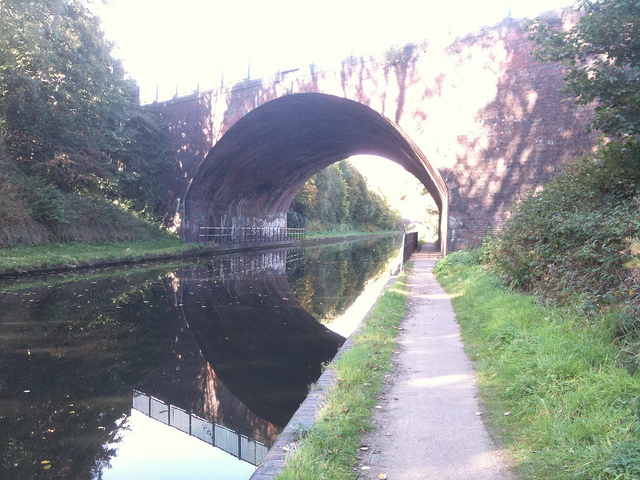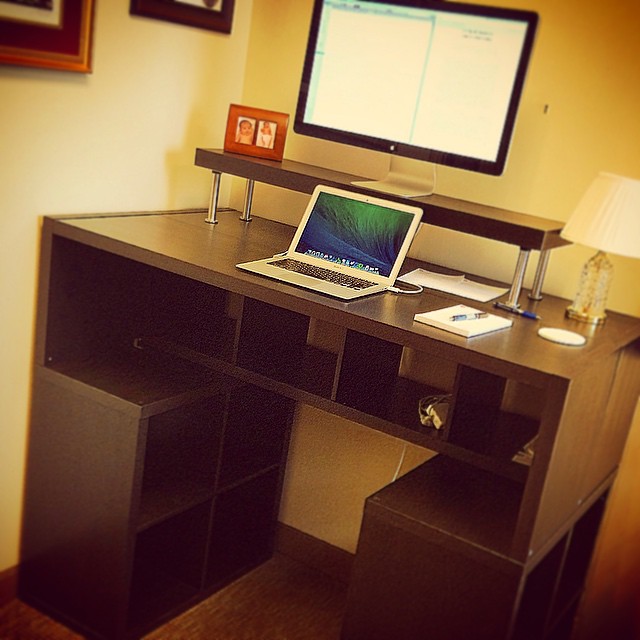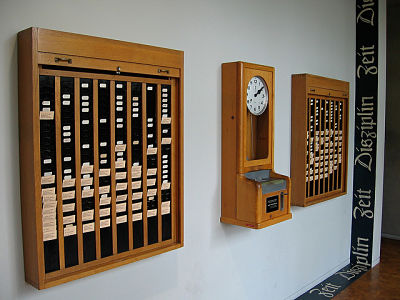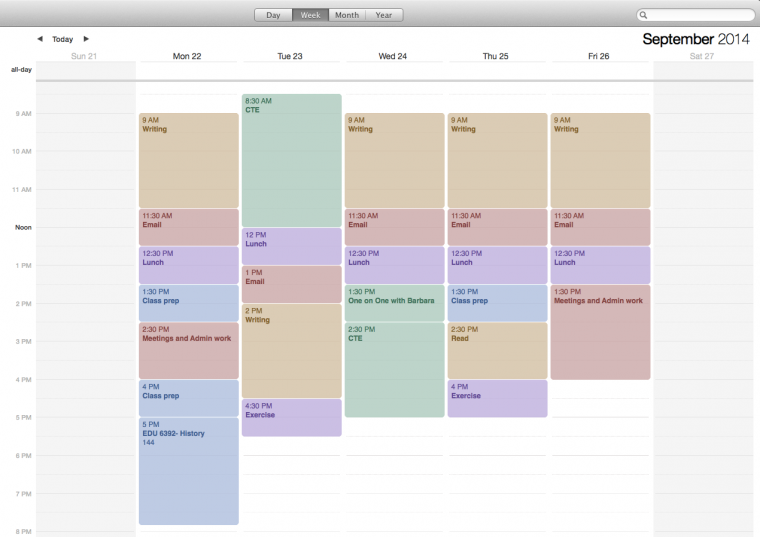As we get ready to move into the summer months, have you thought about your goals and what you want to get accomplished? Before we know it, August will roll around and it will be time to gear up for another academic year. Whether you are planning a productive summer or just thinking about a large project, there are some specific steps you can take to make sure you have a plan to achieve your goals. In today’s post, I will share how the principles of backward design can be used to come up with a plan to get your work done.

Without a concrete plan of action, you may struggle to complete your most significant work.





